Jess shares a little of her story, plus 5 of her home design tips for the Highly Sensitive Person (HSP) and/or those with Sensory Processing Sensitivities (SPS).
written in 2019
One piece of knowledge that dramatically changed my life was learning about having Sensory Processing Sensitivities (SPS), or being an HSP (Highly Sensitive Person).
This explained how not only my immediate environment affected me…
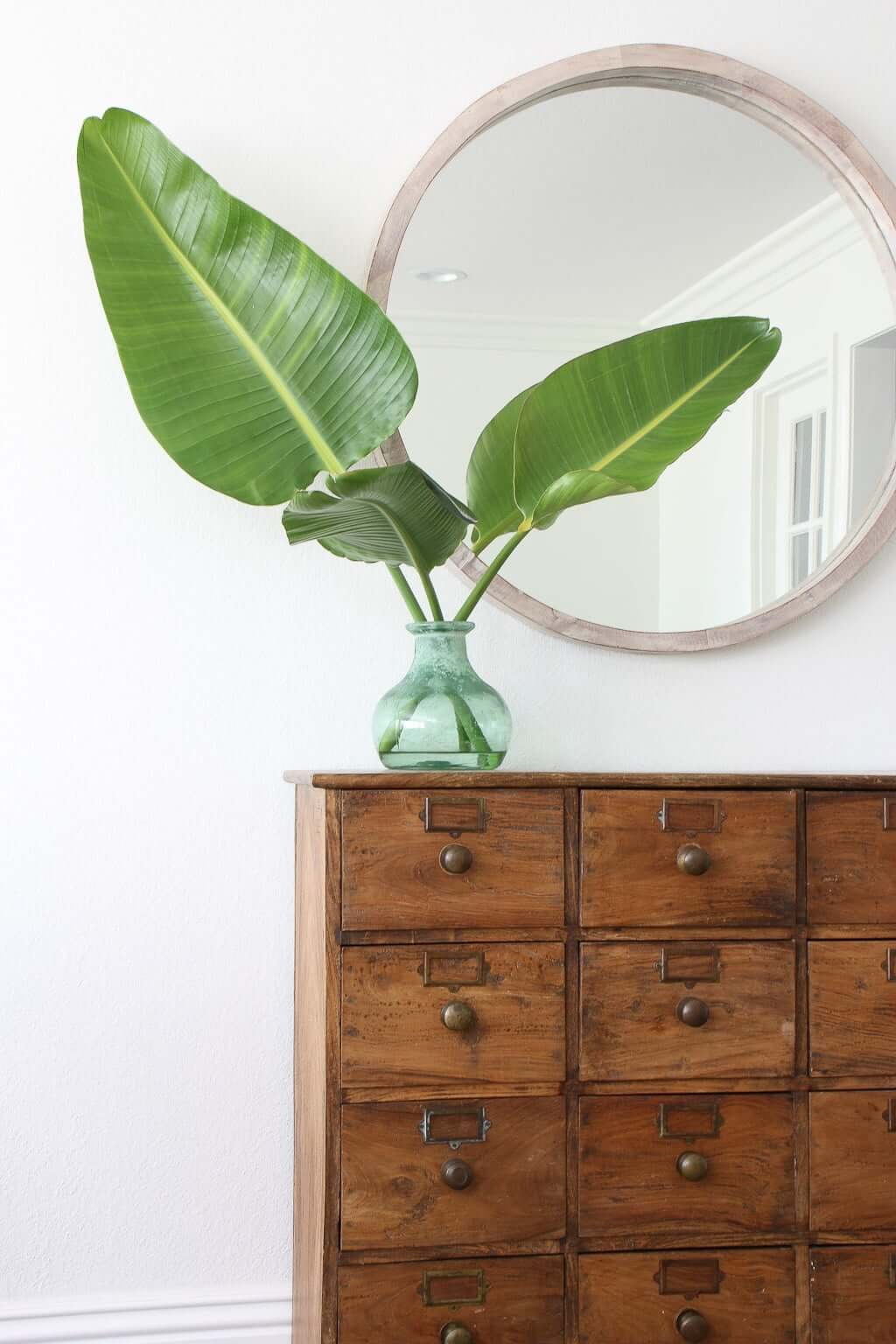
…but how EVERYTHING IN THE WORLD affected me.
“…an increased sensitivity of the central nervous system and a deeper cognitive processing of physical, social and emotional stimuli…”
“The brains of highly sensitive persons (HSPs) actually work a little differently than others’…”
Dr. Elaine Aron, the expert on high sensitivity personalities, estimates that 15-20% of the population is made up of HSPs. (That’s a big chunk!)
Reading article after article, then finally buying her book to read myself (as well as the one about Highly Sensitive Children because I suspected one of my children took after me in this trait) was so validating I can hardly tell you how much.
How about 8,547 exclamation points instead?
!!!!!!!!!!!!!!!!!!!!!!!!!!!!!!!!!!!!!!!!!!!!!!!!!!!!!!!!!!!!!!!!!!!!!!!!!!!!!!!!!!!!!!!!!!!!!!!!!!!!!!!!!!!!!!!!!!!!!!!!!!!!!
THE SENSITIVE LABEL OF “SENSITIVE.”
To be honest, I struggled at first with calling myself “a highly sensitive person”…
…most likely because the word “sensitive” had extremely negative connotations during my childhood.
Labels like that—yelled in response to a young child voicing her emotions or telling an adult they had hurt her—quickly teach a child that sensitivity is not a good thing.
In fact, many bullies and abusers—men and women—choose to focus in on those who are highly sensitive.
(The reasons why are complex—and beyond the scope of this post! 🙂 )

But I wasn’t a child anymore, and I wasn’t listening to controlling people anymore. I was in my mid-30s at the time and reading the research of a renowned expert. An expert who has studied Sensory Processing Sensitivities and high sensitivity personalities for over 30 years.
THE CHOICE I HAD.
As I read in detail about all the characteristics and benefits to the world that Highly Sensitive People bring, I quickly realized that I had a choice. I could keep choosing to believe my sensitivities were “bad” and “wrong,” as I’d been trained to believe…
…or I could embrace who my Creator made me and the personality traits He’d put into me. Himself. On purpose.
Well, that was an easy choice!

A decade ago, that might have been a harder choice. (Near impossible, probably.)
But several years ago, it was easier because I was ready for it. Unbeknownst to me, I’d already been prepared for that moment.
I’d recently come out of some major life changes and realizations about my childhood (you know, those things you grow up thinking are normal because you don’t know anything else, but as you go out into the world and meet healthy people and healthy families—and especially as you have your own children—you realize those things you experienced in your childhood home were SO NOT NORMAL and it’s kind of a shocker…but a good, healthy shocker!), and everything clicked…
…on many levels. (This area was only one of them!)
I kept reading, researching, and thinking.
SEEING SENSITIVITIES IN A NEW LIGHT.
I started to see more and more through the lens of SPS. Such as
1. why my feelings were so intense and how I could be so moved by a piece of music or work of art.
2. why too-bright lights made it nearly impossible to focus.
3. why I could sense people’s personality characteristics and moods so accurately.
4. why certain fragrances made me feel nauseated.
5. why certain noises bothered my inner ear to a level that others seemed not to reach.
6. why my brain started to go haywire when visual clutter got past a certain point.
7. why I was so deeply disturbed by TV or movies with violence.
(I’d thankfully stopped watching those long ago, before I knew about having sensory processing sensitivities. But knowing about it helped to validate my decision, like I could finally point to something as the reason they so deeply bothered me!)
This is by no means an exhaustive list of everything I noticed, but it was ABSOLUTELY FASCINATING to me as all the dots connected into a brilliantly simple yet complex picture.
(And yes, it can be both!)

FINDING THE HUMOR.
There were also good laughs to be had while reading some of the HSP statements (finding them so funny because they were so true for me!), such as
“Being very hungry creates a strong reaction in me, disrupting my concentration or mood.”
“30% of HSPs are extroverts, although the trait is often mislabeled as introversion.”
Being highly sensitive explained
why I could pick up on nuances no one else did.
why I saw things so differently than others.
why stimuli affected me that didn’t seem to affect anyone else.
Now, I could keep writing (but won’t) about all the areas this changed and validated in my life…
…and if I ever meet Elaine Aron and she’s comfortable with hugging, I would give her THE MOST GINORMOUS THANK-YOU HUG. (And I think she’d totally understand! My feelings of thankfulness run deep!)
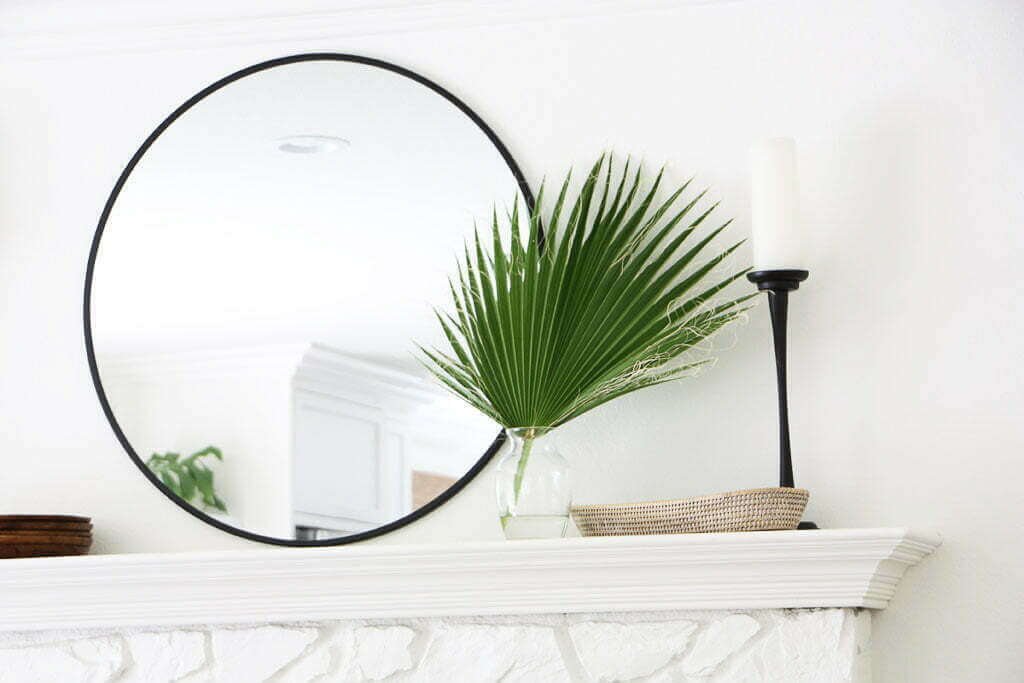
HOME DESIGN FOR THE HIGHLY SENSITIVE PERSON:
5 Home Design Tips for the HSP:
For now, I want to share with you 5 simple home design tips for the Highly Sensitive Person and what I’ve learned for myself—in the hope it helps you too!
(Or maybe you’re not an HSP but maybe one of your loved ones is.)
You can take a test here or just read to see if any of the traits sounds familiar. (Not all need to apply—they definitely don’t all apply for me!)
It’s hard to stop at five, so another time I may share more about all I’ve learned that’s been massively helpful, especially in my home environment.
HOME DESIGN FOR THE HIGHLY SENSITIVE PERSON:
1. White space isn’t wrong; it can be oh so right.
I grew up believing that nearly every wall needed to have something hung on it, and every space have a something to fill it.
Oh my goodness. That was actually an old recipe for stress for me.
I wonder if you feel this way too:
Every item I see creates a kind of “noise.” It starts sending signals to my brain. And fewer signals = quieter. More focus. Less distraction.
So instead of a wall full of photos, we started just leaving our walls blank to try it out and see if we wanted more.
I loved it! Even Matt—definitely not an HSP—said he loved having simple, empty walls!
That’s just one example of where focusing on home design for the Highly Sensitive Person can help the non-HSPs living there as well!
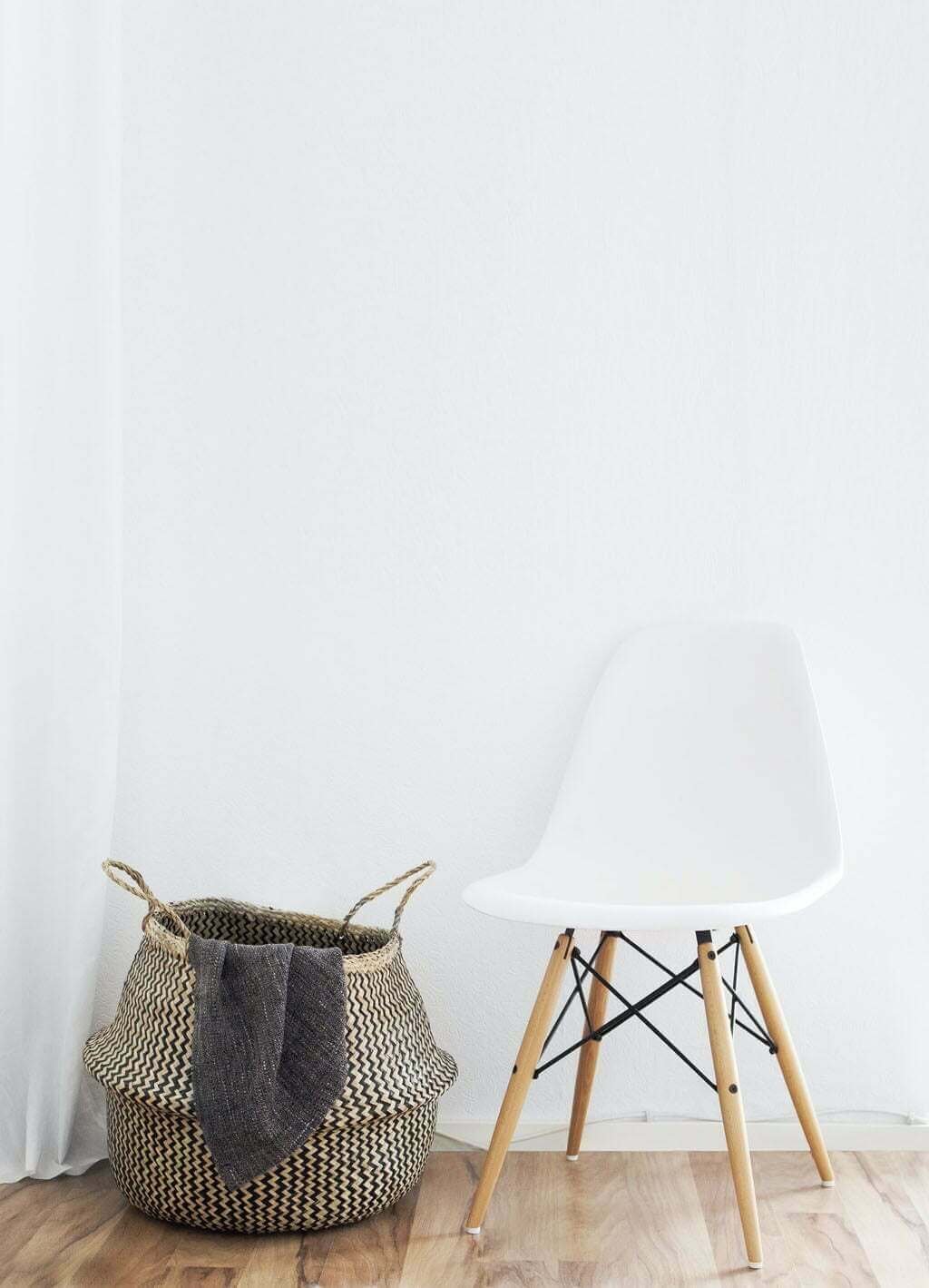
Instead of being drawn back to those things (such as in photos) that were happening in the past, however lovely they were, I was able to stay and focus on the present even better.
Some walls might have a simple mirror or piece of artwork, but I’m finding that for us (especially in a home with 50% of the occupants being HSPs), less is more.
Wondering why we intentionally chose so much white in our house? Click here to see!
HOME DESIGN FOR THE HIGHLY SENSITIVE PERSON:
2. Be aware of your triggers.
Finding my triggers took more time to identify.
Some of your triggers may be obvious, like a scratchy blanket that irritates your skin or a lamp that buzzes and keeps your brain from being able to focus.
But some triggers are not so obvious.
For example, we had a furniture item downstairs that was highly useful, but it reminded me of some painful memories. I hadn’t identified that though; I just knew that I felt more irritable in the space.
Finally, I realized it was this piece of furniture.
Something about it was nagging at me, but I kept downplaying it and telling myself it was wrong to feel that way. (Something I don’t do anymore.)
The moment I talked it out with my husband and he gave me the permission I needed emotionally to actually DONATE the item and replace it, I felt so relieved!
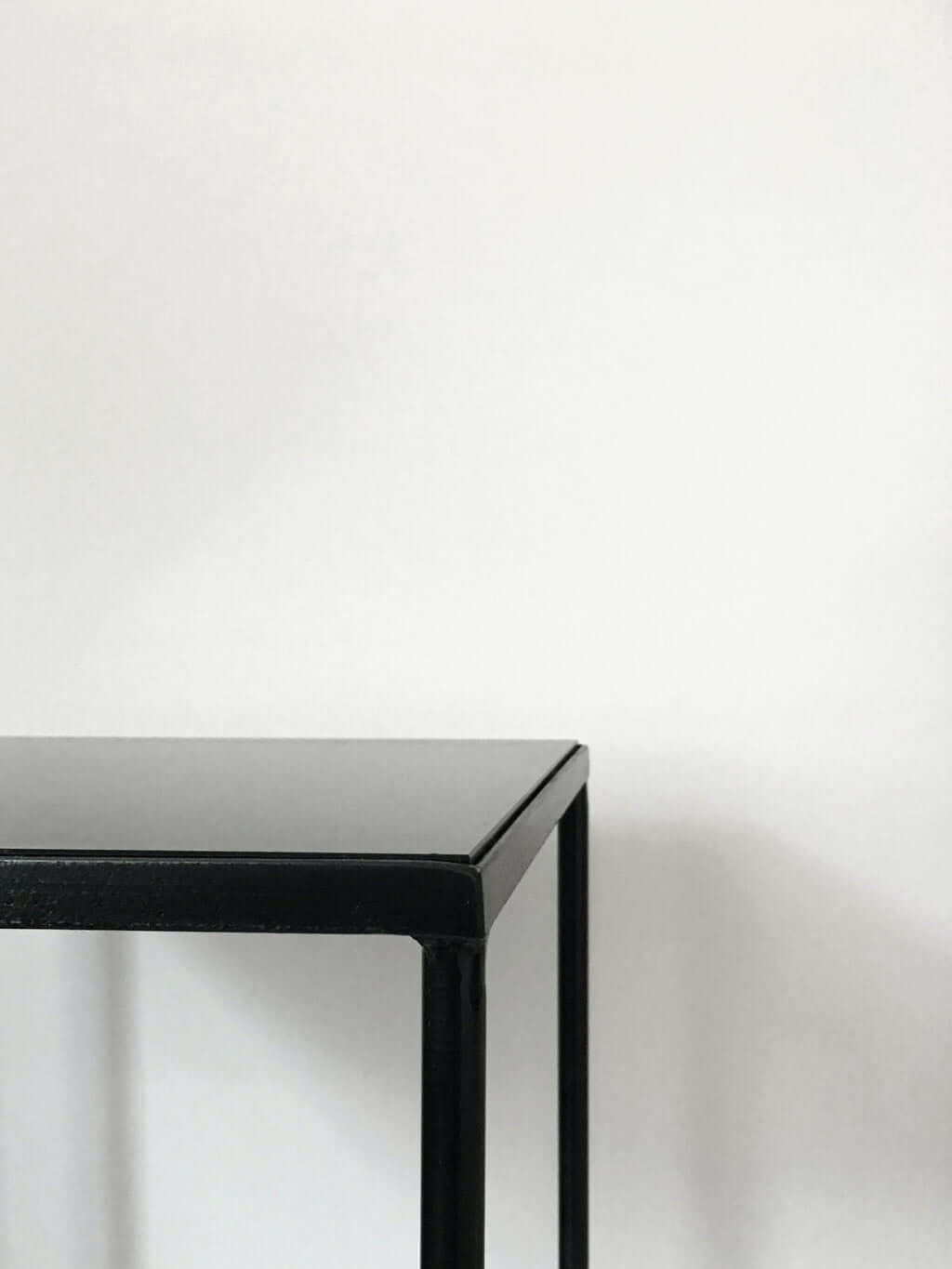
This may include letting go of past ways.
It was an invisible emotional burden I didn’t know existed, and I hadn’t validated the feeling in myself, I’d just bashed myself for it because that’s what I was taught to do as a child and young adult. “You’re so ungrateful, that’s a perfectly good X.” “You’re so selfish, there are children starving all over the world and you’re spending money replacing an X.”
It was like I finally started growing up, calling those voices what they were (untruths), and stating simply that it was okay for me to get something new because of XYZ circumstances.
(And not only were there emotional and sensory reasons, but there were functional reasons a new one would be better for us with kids. Matt and I constantly say we’re so glad we replaced it!)
Taking that step was huge, and then it started snowballing.
I realized I could DONATE things that (for me) held painful memories but for someone else could be a huge blessing—and would also help a charity we were drawn to!
Win win win. Who doesn’t like the triple win?!
HOME DESIGN FOR THE HIGHLY SENSITIVE PERSON:
3. Consider minimalism.
You don’t have to go “hardcore,” but I do believe minimalism has a lot to offer Highly-Sensitive Personalities.
Tying into the above, it wasn’t like I had to REPLACE everything I donated with something new—in many cases I simply donated the item and did not replace it.
That’s even easier, when possible.
I love that challenge. It’s like, “How little can we get away with and still have a functional, cozy home?”
At the time, I was also devouring everything I could read about minimalism. (Isn’t it “funny” how those things happen to all coincide sometimes? HSP, minimalism…it all connected for me.)
Everything I was reading resonated deeply.
Before then, minimalism had meant stark surroundings and little comfort. Those spaces certainly looked visually beautiful to me because there was so little noise (see #1)…
…but I also wanted to be able to snuggle up with my kids and my husband and have a welcoming space for our friends.
There’s so much good material out there now that I feel like you can pick and choose and create your own kind of “minimalism.”
Some have coined the term “cozy minimalism,” which is lovely. I personally have also liked the term “warm minimalism” as a description of my interior style leanings.
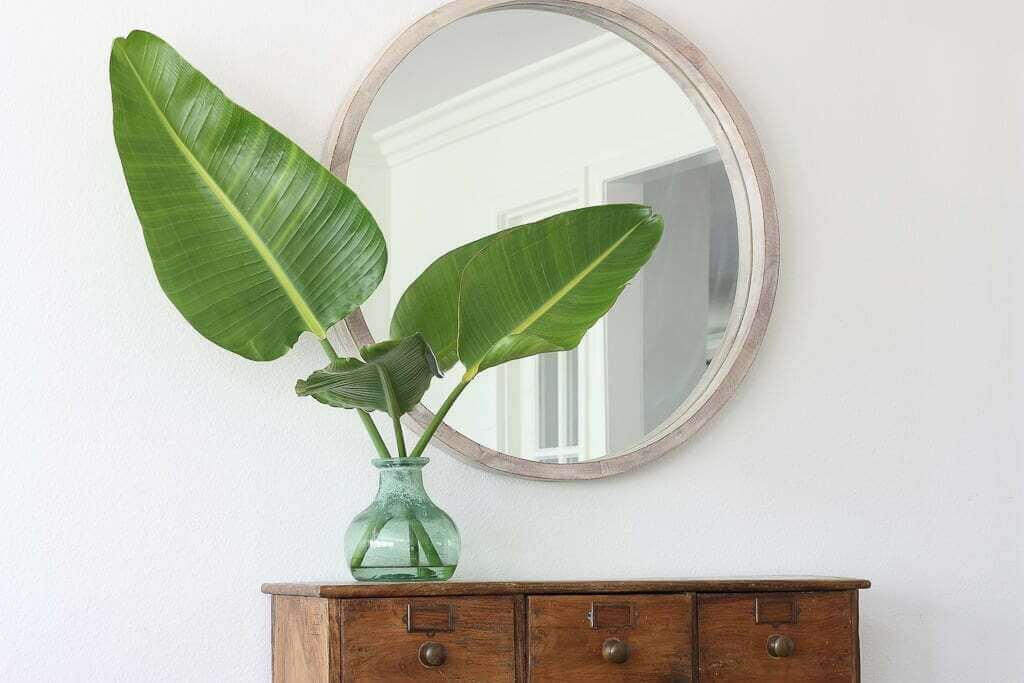
[You may be relieved to know, as I was, that embracing more of a minimal style did NOT negate my tropical plant love! (ha)
In fact, I feel like it highlights it even more! I get so much delight out of seeing our bird of paradise leaves, fan palms, and other various clippings from our outside plants brought inside.]
HOME DESIGN FOR THE HIGHLY SENSITIVE PERSON:
4. Test it out.
Matt came up with a great way to help me let go of some things and see if they were affecting me for better or for worse.
He cleared a space in our garage to move household items out to. Items I wasn’t sure were triggers or not. Items I didn’t know if I was ready to let go of or not.
At that time, my levels of sensitivity were sometimes SO high that we would take that time of me being highly “irritable” with the environment to go through the house room by room. That’s when he would ask me to ramble to him about the room.
“My grandma gave me this little table she couldn’t use, and it reminds me of her, but I can’t find a use for it either. But now she’s gone and I’m not sure about getting rid of it and I don’t know why but it’s kinda stressing me out.”
“I bought this pot, but I didn’t realize it wouldn’t fit any of the plants unless we did XYZ and that’s just too much to handle right now and I’ve realized I made a mistake buying it but now it’s too late to return it and I don’t know what to do with it.”
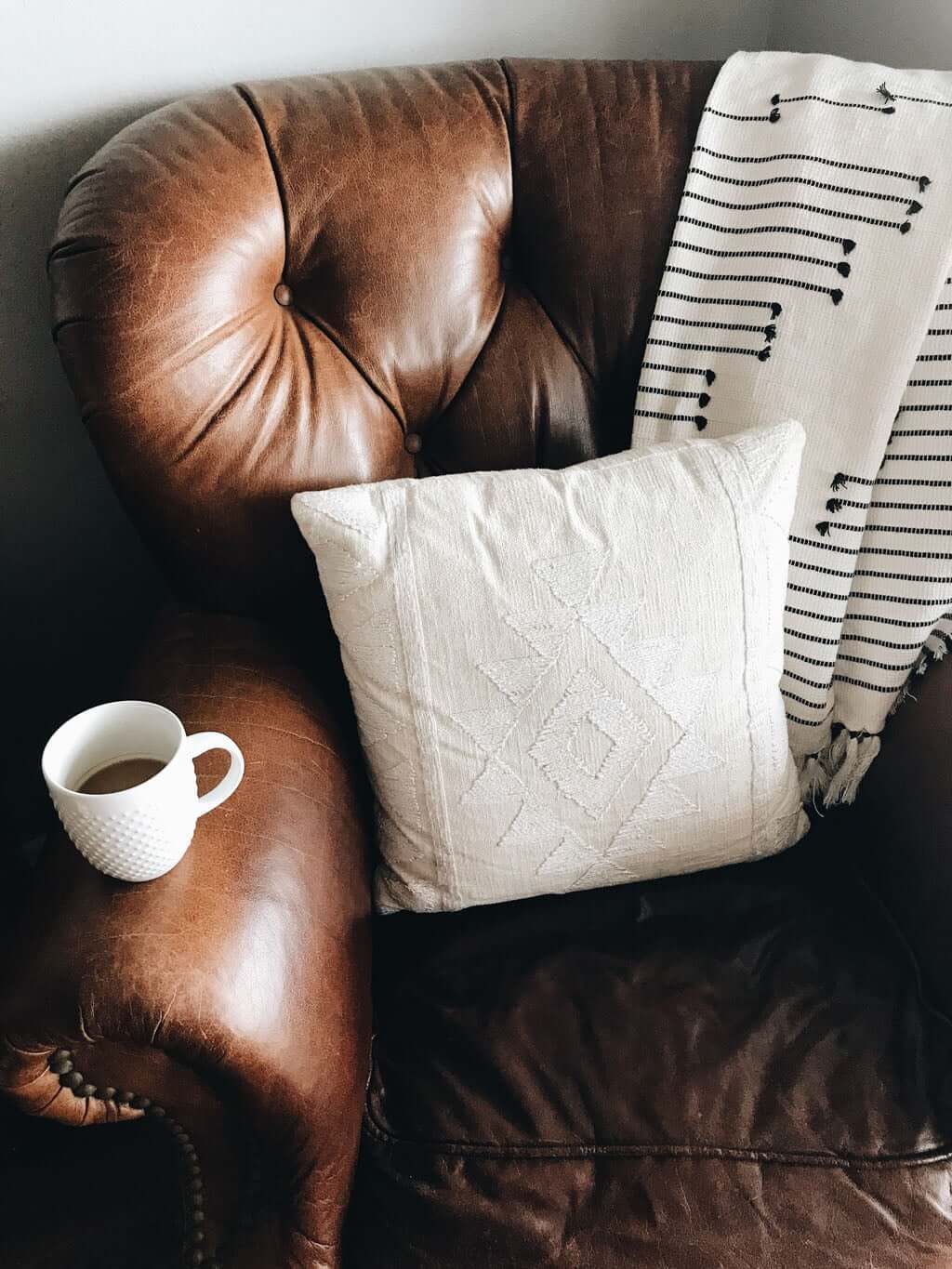
Then, silently (in true Matt style!), he would just pick up and move those pieces out to the garage.
We weren’t throwing them away or getting rid of them yet; we were just testing it out to see if having those items gone was a help.
And they were.
Sometimes, as soon as he even so much as picked them up out of the spot they were in, I’d feel lighter. Immediately!
Sometimes, it only took him picking the item up that I realized, in that very moment, that the item needed to go forever.
But me staring at it in its place every day and trying to figure out another way to use it was just wasted energy and somehow I couldn’t get past it.
So I don’t know if that’ll work for you, but it may be worth a try! Move items to a “safe” place where you can deal with them outside of the room, and experience what it’s like to have those items not in your everyday living environment.
HOME DESIGN FOR THE HIGHLY SENSITIVE PERSON:
5. Ask for help.
We can’t do everything alone. I hope you have a loved one who “gets” you and wants to help support your wonderful sensitivities.
I’m thankful I have a husband who listened to me about HSP and agreed it was correct. He was supportive and validating, and it even helped him to understand me better. So many pieces started falling into place that we’d never realized before (and we’ve been together for over 18 years!).
If you have someone who is willing to listen-slash-pick-up-your-questionable-items-and-move-them-into-a-safe-space-for-you, I’d highly recommend it.
For me, I find it helps to talk it out with someone too, and say the things that are in my head out loud so I can hear them myself too. (Helpful for us verbal processors.)
One of the most difficult challenges in our spaces can be letting go of items, and support in those times is so precious.
HSP = HIGH MAINTENANCE?
Does having a Sensory Processing Sensitivity or being a Highly Sensitive Person mean you’re high maintenance?
No, I wouldn’t say that. It’s all relative. So people are just comparing when they say things like, “That’s too sensitive” or “That’s too much work.”
So no. A gentle no to that question.
But yes, you are more sensitive than 80% of the population.
And yes, you may need to “do” more to your environment than 80% of the population when you’re first cleaning things out.
THE WORLD DESPERATELY NEEDS HIGHLY SENSITIVE PEOPLE!
But that “more” is not a bad thing. The fact that you are highly sensitive is a wonderful thing for our world!
(I’d honestly recommend Elaine Aron’s book to read more details and discussion on the topic of benefits, or pick one up at the library, or if you’re a local friend I’ll happily loan you mine!)
There are pluses and minuses to sensitivity, just as there are pluses and minuses to being a less sensitive person. None are better; they’re just different.
While the “minuses” can indeed be difficult, I like to focus on the positives we sensitive folks bring to the global table.
As an example, here are just 4 ways that my own highly sensitive personality is a wonderful thing for our world:
1. I‘m a highly empathetic mother.
- Because I understand what my children are feeling, I’m better able to connect with them when they’re feeling all their ranges of emotions.
- I find I have a lot of energy and patience for this because I am so deeply sensitive myself to those same emotions.
2. My children are growing up feeling heard and having their emotions validated.
- No emotions or feelings are wrong! Behaviors out of those feelings can be wrong, but not the feelings themselves.
3. I am a better friend and wife because of my sensitivity.
- I sense emotions and moods. I’m not afraid of being vulnerable and sharing real life. I’m highly empathetic; I care passionately; I love deeply.
4. Matt and I gladly give to a variety of charities and nonprofit causes.
- I feel such deep passion about what they stand for, and I feel such deep empathy for those who are helped.

THE WORLD NEEDS YOU.
Let me repeat:
the world needs highly sensitive people!
Don’t use me as an example. Just look up “the benefits of being a highly sensitive person” or “how do HSPs benefit the world?” You’ll find plenty of reading.
So don’t be afraid to make your interiors fit what you need to thrive!
You don’t need to follow trends or a popular style; you need to take care of yourself. As a Highly Sensitive Person, you need to take care of what energizes you in your environment, in your own unique way.
The world needs us at our best.
Have a friend or other loved one who might benefit from reading this? Share it with them!
See the way my sensitivities have affected the way we recently designed and organized our new laundry room and our new mudroom!
You might also enjoy reading our related post, “Decluttering Sentimental Items: 3 Refreshing Reasons to Let It Go.”
I also created a organization & decluttering course to help you have an organized, clutter-free kitchen using my unique method!
PS: See all our home projects HERE!
*This post contains affiliate links.

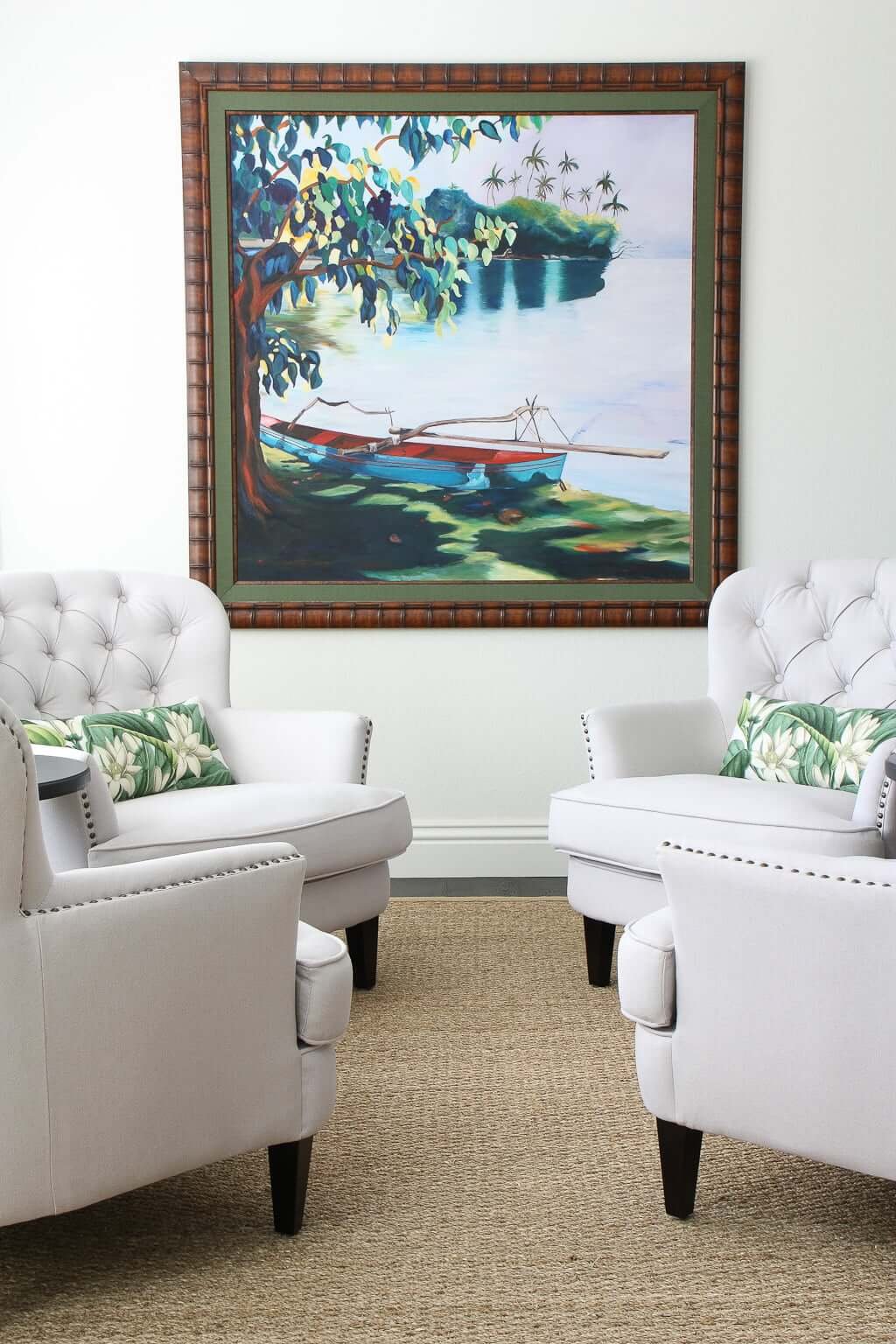

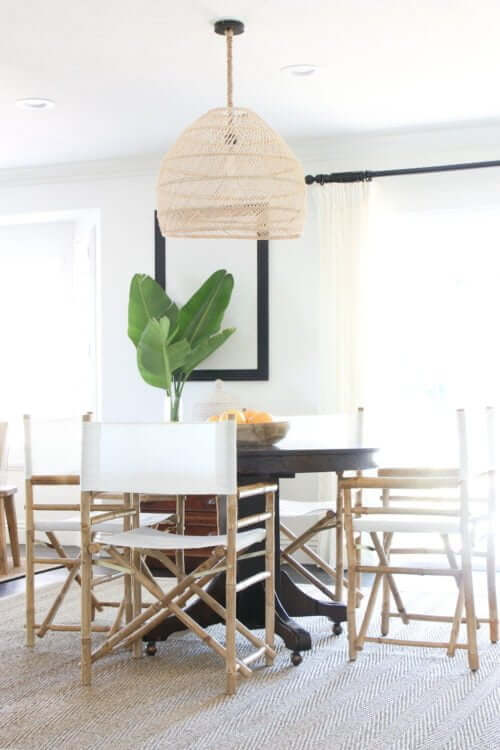








Hi Jess and Matt! Thank you for sharing your home design tips for highly sensitive people. As an HSP, I understand how crucial it is to have a home environment that energizes and soothes. Your advice about creating a space that is unique to our own needs rather than following trends or popular styles resonated with me. It’s easy to get caught up in what’s “in” or what everyone else is doing, but at the end of the day, our homes should reflect our personalities and provide us with comfort and safety. Your tips have inspired me to think outside the box and create a home that truly speaks to my soul. Thank you for your valuable insights!
Thanks for sharing and we’re glad you found it valuable!☺️
I just found your blog yesterday as I was searching for ideas. (I am not satisfied with industry standards.) We are currently building our dream empty nest home. I realized, “I have found my person.” We think and write so much alike it’s almost frightening. I have read everything and now this is your last post I’m reading. Now I know why. Similar background, similar experiences, both HSPs. I am sorry for all the difficult things you have gone through, but I for one appreciate everything you bring to my table. ❤️
And yes, warm minimalism!
Aw, thanks Shauna! I wrote this almost 2 years ago and would be able to write some sections better now :), but I’m so thankful it connected with you! We are not alone! 🙂
I deeply appreciate hearing that what we’re writing and sharing on the blog is genuinely helping others and supporting them in their home environment, so thank you for commenting.
– Jess
PS: If you find you need help with any of your spaces, or a common-minded person to bounce ideas off of, we do offer our Design Services to those who need them.